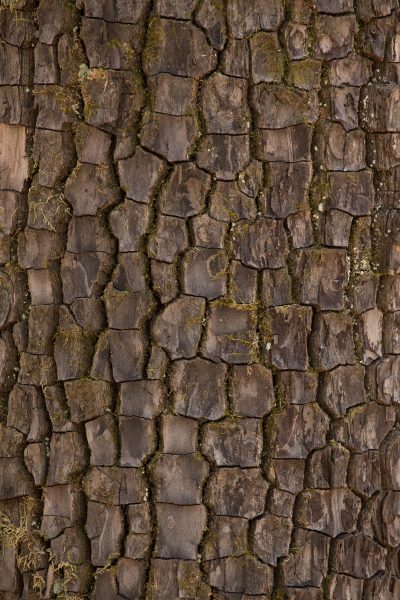American Persimmon
Diospyros virginiana
The American persimmon is a native tree that produces bright orange fruits in the fall. The fruits have a long history of use by humans and serves as a critical food source for wildlife at a time when food is scarce.
This section shows one large critter image at a time. Use the thumbnails that follow to select a specific image to display here.

This gallery contains a grid of small thumbnails. Selecting a thumbnail will change the main image in the preceding section.
Appearance
The American persimmon tree can grow to be 60 feet tall but normally doesn’t reach more than 20 feet tall. The trunk and branches are thin with grey-brown bark that is said to resemble reptile scales. The oval leaves are about 6 inches in length and alternate down the stems. In spring, the tree develops small, white tubular flowers. In the fall, orange one-inch to two-inch fruits develop.
Predators
During the spring, the flowers provide a rich source of nectar for honeybees, bumblebees, little carpenter bees, digger bees, mason bees, leaf-cutting bees and cuckoo bees. Raccoons, foxes, black bears, skunks, turkeys, yellow-rumped warblers, cedar waxwings, catbirds, American robins, pileated woodpeckers and mockingbirds eat persimmon fruits.
Reproduction and life cycle
Persimmon trees are dioecious, meaning the trees produce either all female flowers or all male flowers, and both a male tree and a female tree are needed for pollination. Flowers bloom in mid-spring and fruits form in the fall. The fruits are an important source of food for mammals and birds. Mammals that eat the fruits will distribute the seeds to new areas. Persimmon trees will grow for several years before they start to produce fruit. Persimmons will quickly grow in disturbed areas but as the location transforms from a field to a forest, the persimmon trees will be outpaced by larger species.
Did you know?
- Unripe persimmons are extremely astringent because of the tannins present in the fruit. The fruits can only be eaten when they are fully ripe.
- More than 45 butterfly and moth species lay their eggs on persimmon trees, including the luna moth.
- Persimmon fruits can be used for a wide variety of food products including jam, syrup, pies and breads.
- During the Civil War, the seeds were boiled, roasted and ground to serve as a coffee substitute when trade routes were cut off.
- Some folktales say the upcoming winter can be predicted by looking at the persimmon seeds. If the inside of a seed looks like a spoon then there will be snow, if it looks like a fork then it will be a mild winter, if it looks like a knife it will be incredibly cold.
- The Latin name, Diospyros means “divine fruit” in Greek.
- The American persimmon is in the ebony family and wood has been used to make golf clubs, shutters and furniture.
